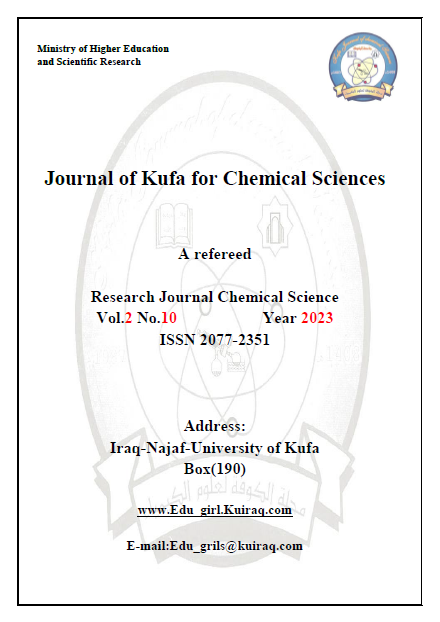Evaluation of Some Parameters to Detection of Type 2 Diabetes Induced Nephropathy in the Population Sample of Al Dewaniyah Province
DOI:
https://doi.org/10.36329/jkcm/2023/v2.i10.13552Keywords:
Diabetes MellitusAbstract
Background: Diabetic nephropathy (DN is a dreaded consequence of Type2 diabetes mellitus (T2D), accounting for about 40% of end-stage renal disease (ESRD). Aim: finding a predictive and tracking function of kidney failure and generalizing it as a clinical diagnostic method effective, and finding related to the development of complications of this disease with age, gender, familiar History, smoking and area of residence. Subjects: Study was conducted at a single center in Iraq from the beginning of February to the end of July 2021,The 90 individual were divided into 2 groups, of which 50 were chronic renal failure patients with T2D, and 40 were age and sex matched controls.
Methods: The Insulin and HbA1C% levels was measured by using sandwich ELISA technique and a sandwich immune detection method respectively, A spectrophotometric method was applied to measure concentrations of urea, creatinine and glucose, in serum samples, then the urea-creatinine ratio and HOMA-IR were calculated mathematically. Results: There were significant elevated differences (p<0.05) for all parameters in the patient group compared to healthy controls. Moreover, ANOVA test showed significant (p<0.05) variation when Urea, Creatinine, Glucose, HOMA-IR and HbA1C % levels were compared between the same sex in the two subgroups, while the test showed significant (p<0.05) variation for only males when Urea: Creatinine ratio and Insulin levels were compared between the same sex. Conclusion: It can be dependable on investigations of Urea, Creatinine, Urea: Creatinine ratio Glucose, Insulin, HOMA-IR and HbA1C % as good prognostic indicators for diagnosis renal failure resulting from complications of DM.
Downloads
Downloads
Published
How to Cite
Issue
Section
License
Copyright (c) 2023 Journal of Kufa for Chemical Sciences

This work is licensed under a Creative Commons Attribution 4.0 International License.
Open-access Statement
The journal « Journal Of Kufa For Chemical Sciences» provides immediate open access to its content on the principle that making research freely available to the public supports a greater global exchange of knowledge. Full-text access to scientific articles of the journal is presented on the official website in the Archives section.
This is in accordance with the BOAI definition of open access. The licensing policy is compatible with the overwhelming majority of open access and archiving policies.
The journal «Journal Of Kufa For Chemical Sciences» is an open access journal, which means all its content is freely available without charge to the user or his/her institution. Users are allowed to read, download, copy, distribute, print, search, or link to the full texts of the articles, or use them for any other lawful purpose, without asking prior permission from the publisher or the author as long as they cite the source.The journal is licensed by Creative Commons Attribution International( CC Attribution 4.0) .


